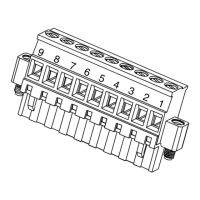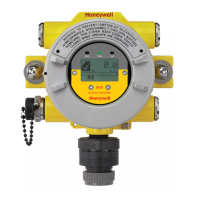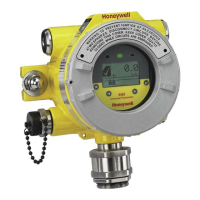XNX Universal Transmitter
Specications
153
Notes
• The gures of cross-sensitivity are typical values and art not to be used as a basis for cross-calibration.
• Do not scale cross-sensitivities (they may not be linear).
• For some cross-interferents breakthrough may occur if gas is applied a longer time period.
• There are many gases and vapors that can poison electrochemical cells. It is difcult to give a complete and exclusive list of all species
which will have an effect on the sensors. However, these are some common substances which must be avoided:
• Airborne greases - These may block gas access into the sensors and therefore reduce sensitivity.
• Silicone compounds - These are often found in sprays, aerosols, lubricants, polishes, adhesives, sealants, zebra strip, cleaning agents,
and oor waxes. These compounds tend to reduce the sensitivity of the sensors and generally will have a permanent effect.
• Solvents and organic vapors - Many organic vapors will damage the sensors. Some common ones are IPA, toluene, xylene, other
benzene derivatives, petrol, and diesel. It is difcult to give a full list of organic vapors, as there are so many of them. Generally, any
organic vapor must be avoided.

